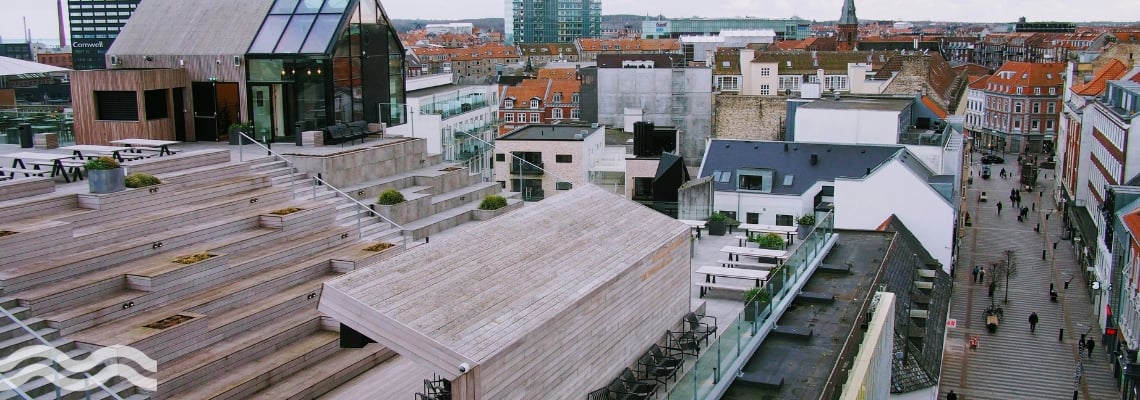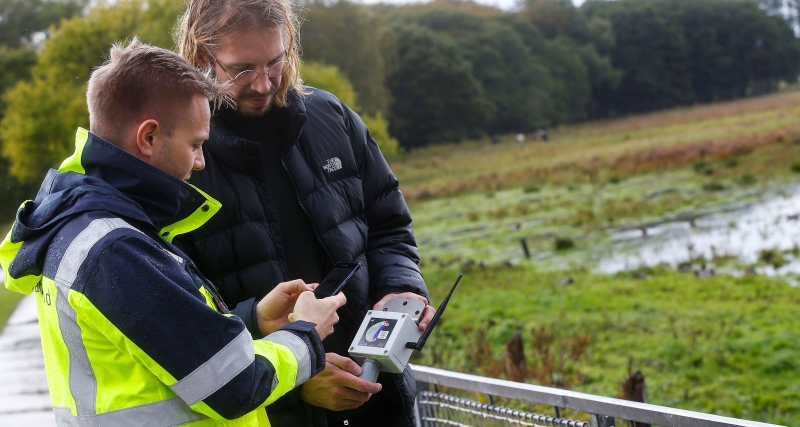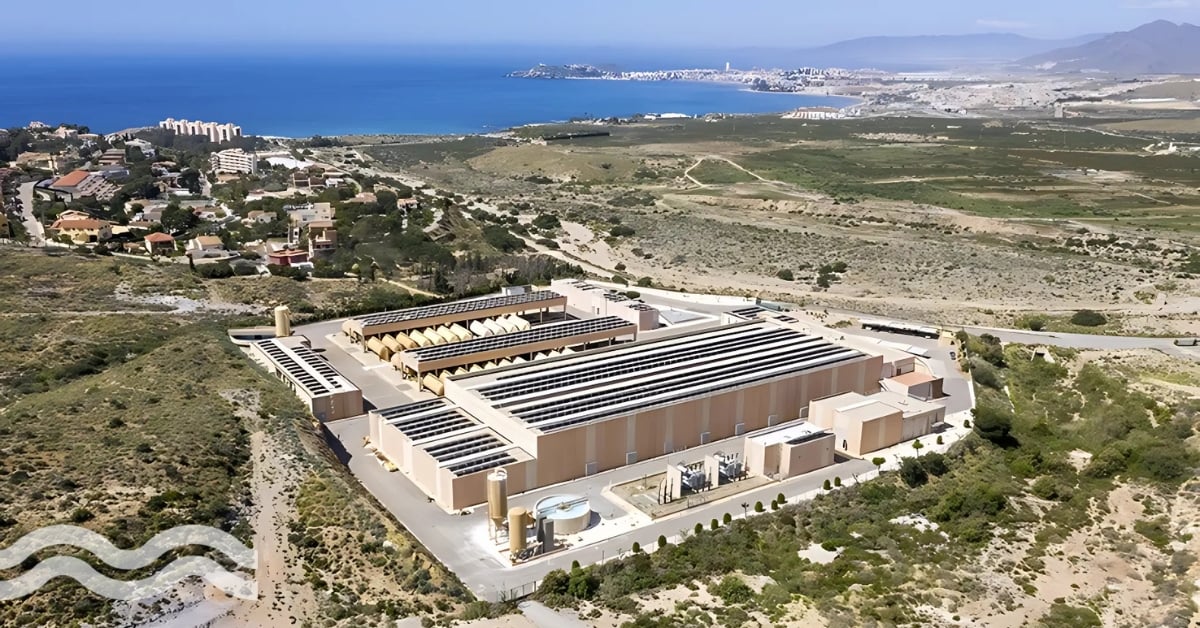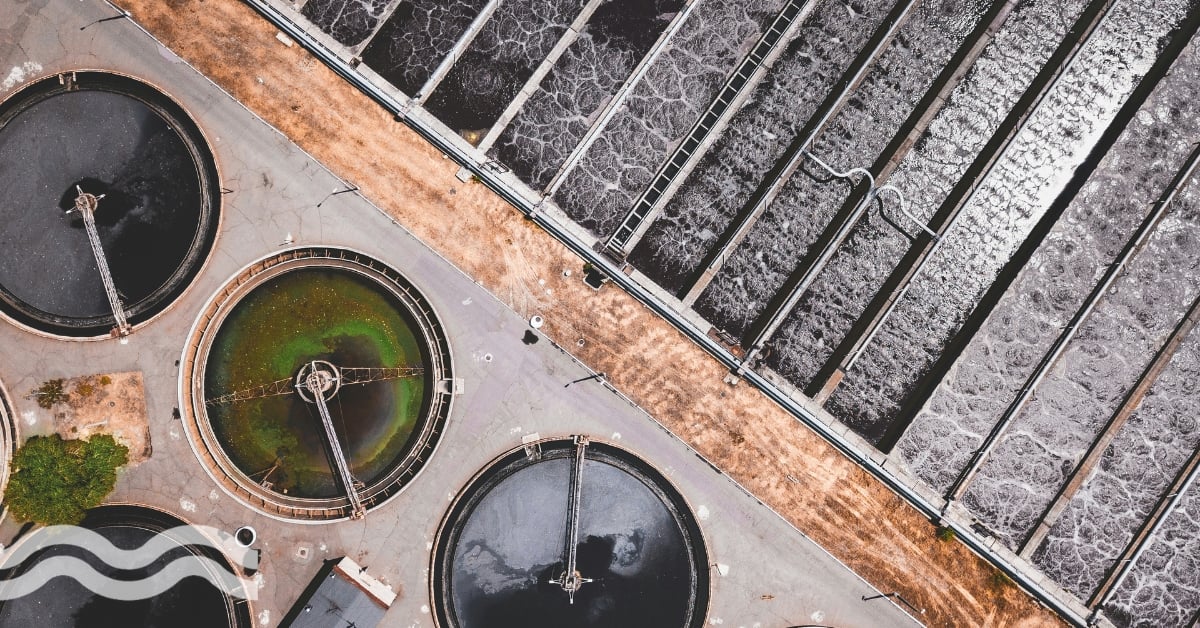Wireless sensors monitor sewer overflows in a remote areas

Danish water supplier Aarhus Vand is using Dryp sensors in remote sewer pipes to improve monitoring of overflows and to reduce the number of physical site inspections needed.
Remote parts of the water network

The Aarhus Municipality has a number of remote areas where few people visit. In these areas, low-fall pipes are called 'risk pipes' because of the possibility that if a problem occurs it can go undetected for a long time.
These risk pipes, as well as the rest of the rain and wastewater sewers in the municipality are inspected every month by 28 risk management teams. A problem occurring after one visit could therefore last almost an entire month before it is detected and fixed.
This method of monthly monitoring also involves a great deal of driving around and is considered inefficient as most of the time the sewer pipes are working normally.
Utilising remote monitoring to improve efficiency
To improve efficiency and to provide regular monitoring, Aarhus Vand is installing six wireless level sensors in selected sewers. The sites have been chosen because they are either in need of regular inspection, or conversely are rarely inspected.
The sensors measure the amount of water in the pipes and warn the operators when the water level reaches a critical target where there is a risk of overflow and thus requires action. This will result in more targeted visits from risk management teams, resulting in problems being addressed as they arise rather than following the next scheduled visit, resulting in huge efficiency savings. For example, the company estimates, three hours every week can be saved on one inspection by remotely capturing sensor data.
Evaluation for further deployment

The first sensors will be deployed in Aarhus city centre, Studstrup and Solbjerg. Other sites will be considered, but the company does not see the value in simply placing sensors throughout the sewer system.
Instead, each potential site will be assessed according to a number of criteria, such as whether they create value for the working environment by minimising the number of times Aarhus Vand's operators have to open a sewer cover located in middle of a road or whether it is economically worthwhile to install a sensor.
Dryp sensors and visualisation tools
The sensors being used are supplied by Dryp, of which Aarhus Vand was one of the co-founders. Dryp sensors are designed to monitor and manage water infrastructure, collecting data on various aspects of the water cycle including rainfall, sewer systems, drinking water, and natural streams.
The data can be packaged and managed using the company's Lens AI software to process and visualise from a number of different sources. This can provide general overviews to deeper insights and predictions, which can alert operators to potential issues that might develop or warn of overflow events as they happen.


